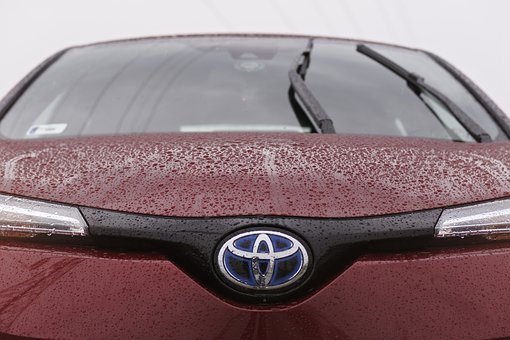Toyota Motor Corp (NYSE:TM) Reverses Approach To Electric SUVs For The US Market
Toyota Motor Corp (NYSE:TM) has said that it will bring three new EVs to the US market as the company seeks to win customers by offering a range of low-emission and zero-emission SUVs and cars.
Toyota revises its EVs approach
The automaker revises its wait-and-see approach to electric vehicles by introducing a pair of battery-powered cars in the US market. Besides plans to introduce unnamed EVs, the company will also start selling unspecified plug-in hybrid models to add up to its numerous gas-electric hybrids that were almost one-fifth of its total sales in the US in 2020. The Japanese car manufacturer had withdrawn from the US EV market seven years ago when it stopped producing the all-electric version of the RAV4 crossover SUV.
Interestingly, Toyota’s move to go beyond hybrids shows that the company is reversing its initial cautious stance to EVs. The move comes when competitors such as General Motors Co. (NYSE:GM) plan to introduced dozens of electric vehicles as it targets stopping the production of fuel-powered engines by 2035.
Toyota to commence EV sales in 2022
Two of Toyota’s new vehicles will be all-electric, with one being a plug-in hybrid with sales expected to commence in 2022. Toyota Motors North America EVP sales Bob Carter said they plan to offer customers several powertrain choices that best suit their requirements. The company is currently manufacturing and selling plug-in hybrids and hybrids such as Toyota RAV4 and Toyota Prius and gas cell vehicles like Toyota Mirai.
Most importantly, the company indicated that by 2025 it will have electric options for all its Lexus and Toyota models. Toyota is developing a battery-electric platform called e-TNGA, which one can configure to meet varying needs.
The above approach aims to reduce greenhouse gas emissions and capture US market share that the company thinks can be attained by having a variety of cars. The company’s target is to have 40% of its new vehicles electrified by 2025 and increase 70% by 2030.

